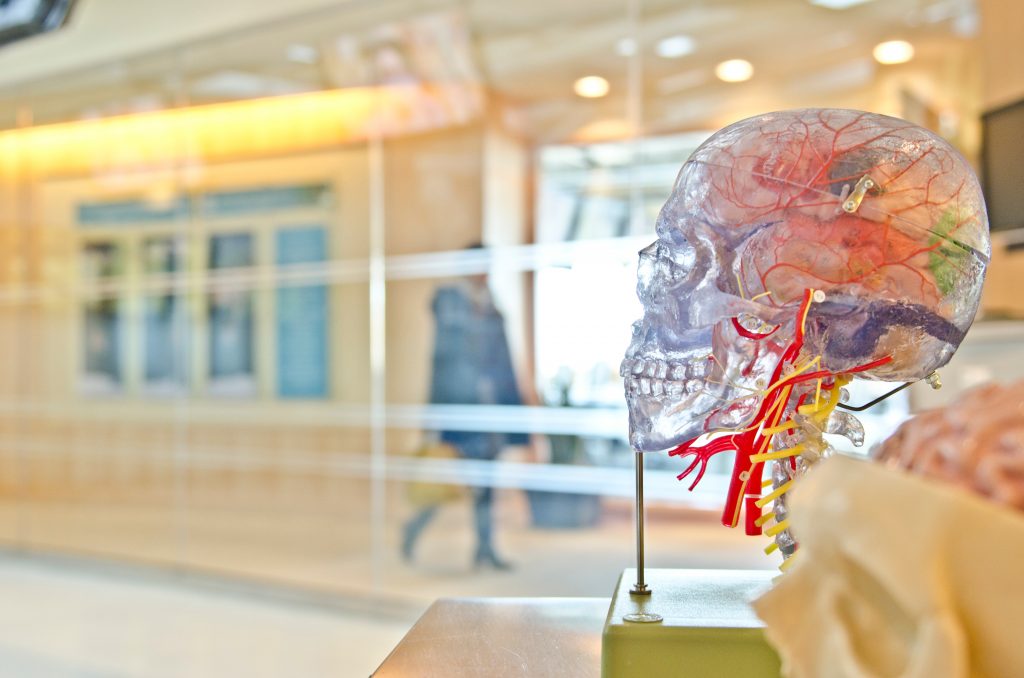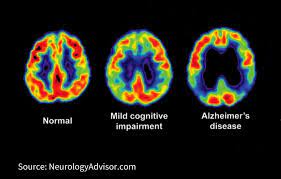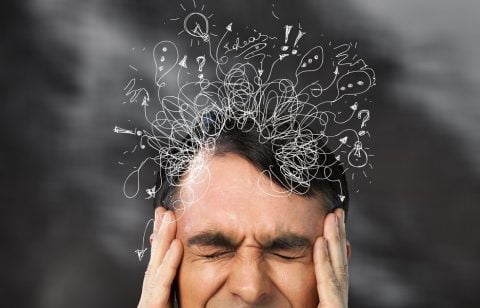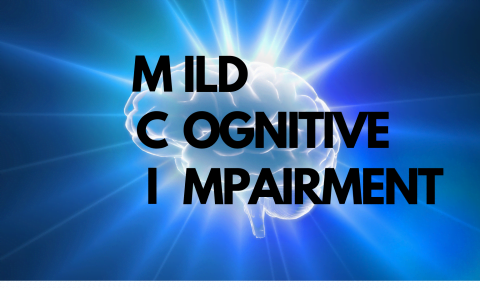Get to know your brain, the remarkable three-pound organ that serves as the ultimate command centre, controlling your nervous system and interpreting the sensory world around you.
What is the brain made up of?
The brain is approximately 60% fat, with the remaining 40% consisting of water, protein, carbohydrates, and salts. Unlike a muscle, the brain houses blood vessels and nerves, including neurons and glial cells.
Understanding the brain’s structure
Your brain functions as a team of experts, each with its job. It comprises three main parts: the forebrain, midbrain, and hindbrain. Let’s delve into the roles of each. The forebrain manages thinking and emotions, the midbrain assists in relaying sensory signals and regulating movements, and the hindbrain supervises crucial functions for survival and coordination.
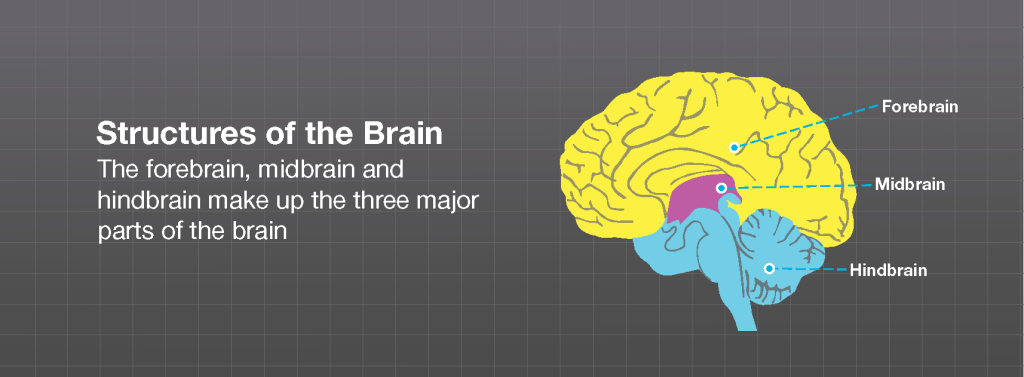
Main parts of the brain and their functions
1. Cerebrum: Front of the brain
- Composition: Grey matter (cerebral cortex) and white matter.
- Functions:
- Regulation: Controls movement, temperature, and vital functions.
- Cognition: Governs speech, judgment, thinking, reasoning, emotions, and learning.
- Sensory management: Manages sensory functions such as vision, hearing, and touch.
- Noteworthy: The cerebrum is the largest part of the brain and is responsible for higher cognitive functions.
2. Brainstem: middle of the brain, connecting to the spinal cord
- Components & functions:
- Midbrain: A complex structure facilitating functions like hearing, movement, and responses to environmental changes.
- Pons: Enables a range of activities such as tear production, chewing, blinking, focusing vision, balance, hearing, and facial expression.
- Medulla: Essential for survival. Regulates vital activities such as heart rhythm, breathing, and reflexive actions like sneezing and swallowing.
- Crucial role: The brainstem serves as a relay station connecting various parts of the brain.
3. Cerebellum: at the back, below the cerebrum
- Functions:
- Coordination: Coordinates voluntary muscle movements.
- Balance: Maintains posture, balance, and equilibrium.
- Research areas: Emerging research explores roles in thought, emotions, social behaviour, and potential links to addiction, autism, and schizophrenia.
- Surprising fact: Although smaller in size, the cerebellum contains more neurons than any other part of the brain.
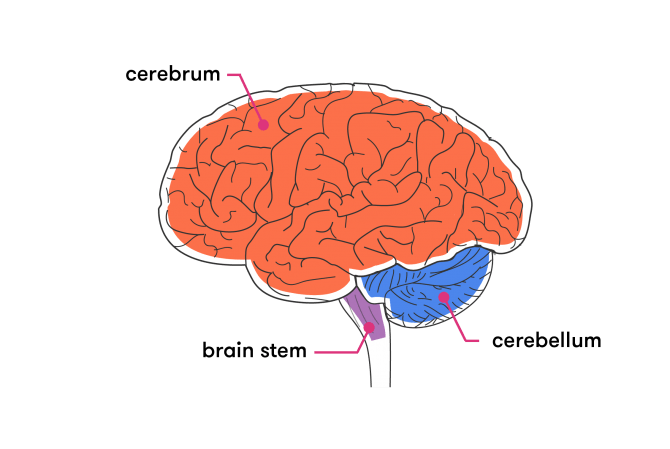
In summary, these interconnected brain parts collectively manage a wide range of bodily functions, from fundamental reflexes to intricate cognitive processes, impacting brain health, memory loss, and cognitive age. Understanding how your brain is structured can provide valuable insights into its incredible capabilities and help you appreciate the importance of maintaining cognitive function and addressing changes related to ageing.
